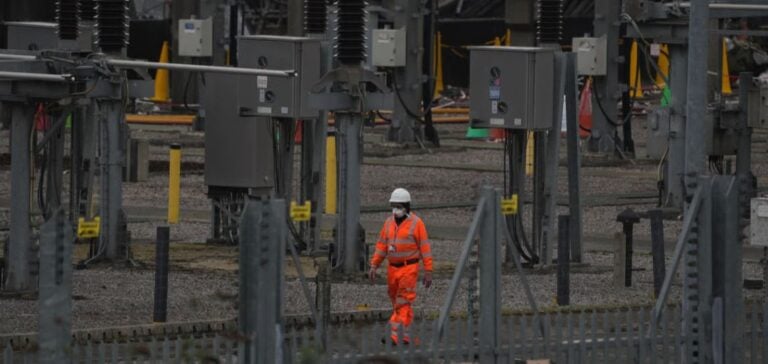The British government has announced the creation of a dedicated energy resilience taskforce to enhance the robustness of its power grid following a fire that caused a major outage at Heathrow Airport. The incident led to the cancellation of hundreds of flights in March, highlighting critical vulnerabilities in the country’s energy infrastructure.
A structural response to a grid failure
The new taskforce will be chaired by Energy Minister Ed Miliband and tasked with coordinating the modernisation of energy infrastructure and improving emergency response protocols. This initiative follows an independent review of the incident, which revealed that the fault responsible for the fire had been identified as early as 2018 but was not addressed.
According to authorities, efforts will also focus on auditing asset management practices, fire safety standards, emergency restoration procedures and business continuity plans across strategic sectors. The aim is to ensure that critical infrastructure operators are better prepared for service disruption risks.
A national energy strategy expected in 2026
In its official response, the Energy Department stated that the taskforce will embed resilience at the core of the future energy system’s design. The strategy will aim to identify levers to enhance grid security and set a clear ambition for more robust infrastructure.
A long-term national strategy on energy resilience will be published in 2026. It will be part of the country’s energy transition and will aim to reduce the risk of cascading failures affecting other critical sectors such as transport and telecommunications. Authorities did not disclose the amount of investment planned or the timeline for initial measures.
The report published in July had pointed to poor management of the substation in question, noting that the failure leading to the fire was known but not addressed by the grid operator. This oversight led to a complete shutdown of the airport, disrupting one of Europe’s busiest transport hubs for nearly 24 hours.






















